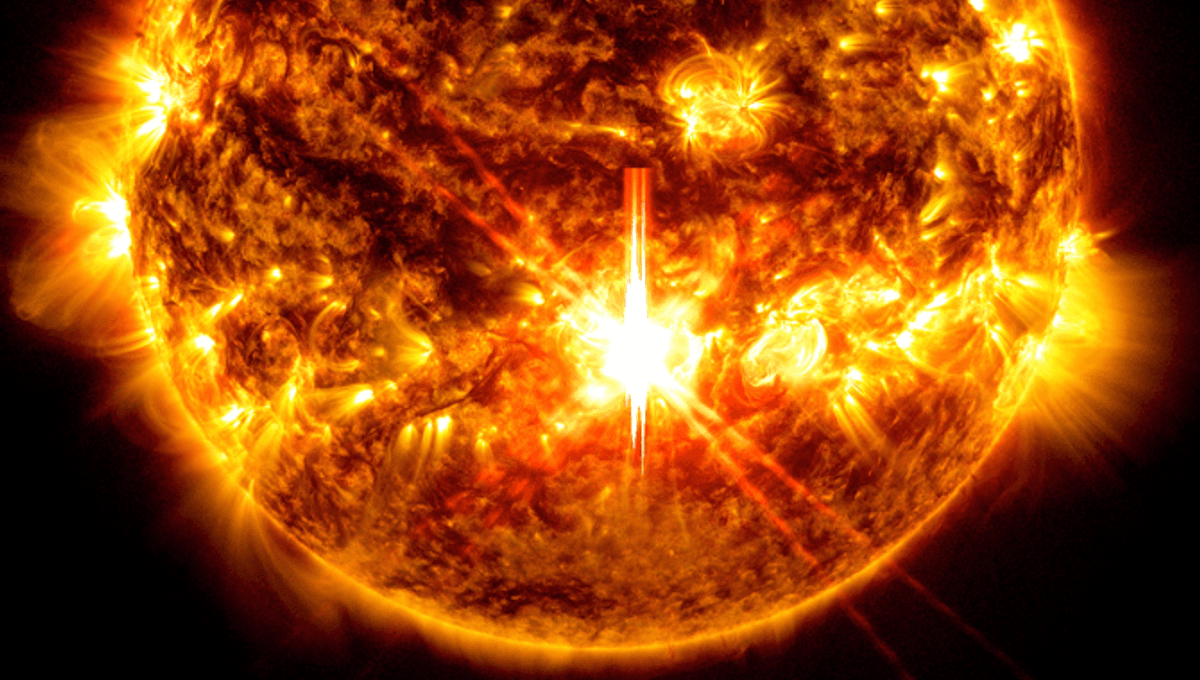
The Sun goes through an 11-year cycle of activity, going from the solar maximum, where it is covered in many sunspots and is more likely to have flares and coronal mass ejections, to the minimum, where there are no spots and those events are extremely rare. But this is not only the cycle our star goes through. One of them might have just ended.
We do not know why there is a cycle of roughly 11 years or why the magnetic field of the Sun flips every two cycles – one explanation calls into question the gravitational pull of Venus, Earth, and Jupiter. But there are longer cycles happening as well, and one of them is called the Centennial Gleissberg Cycle.
Despite the name, it doesn’t exactly always cover 100 years – maybe closer to seven or eight solar cycles. During this cycle, the magnetic fields in the solar atmosphere – the corona – and those that extend far from the Sun change.
To track this cycle, researchers do not look just at the Sun but at space weather around the Earth. Our planet is surrounded by radiation regions known as the Van Allen belts. The magnetic field of our planet traps charged particles like electrons and protons in there.
These were discovered in the 1950s, and they have been mostly pictured as two concentric donuts – a smaller one between 1,000 and 6,000 kilometers (600 and 3,700 miles), and a larger one between 13,000 and 60,000 kilometers (8,100 and 37,300 miles). Their shapes actually change, depending on the energy of the particles considered.
The Centennial Gleissberg Cycle affects the proton flux; the amount of protons trapped in the Van Allen belts doesn’t stay the same during these decades-long changes. The proton flux in the inner belt is smaller when the Sun is more active, due to the atmosphere expanding during that period. The opposite is also true – the proton flux increases as the solar activity wanes.
According to a recent study published in March, changes in proton flux over the South Atlantic Anomaly indicate that the Centennial Gleissberg Cycle has experienced a turnover, and things are going to get more active from here.
We have currently just passed the maximum of Solar Cycle 25 and see hints that Solar Cycle 26 is gearing up, so it is probably going to be during Cycle 28 or 29 that we will see the peak of activity, over three decades down the line. The maximum then might be a lot stronger than what it has been in the more recent cycles.
There is a lot that we do not know about the Sun. During this last maximum, humanity was able to study the Sun like never before thanks to new spacecraft and telescopes. Those insights will hopefully clarify some of the many mysteries of our star.
The study is published in the journal Space Weather.
Source Link: Obscure 100-Year Solar Cycle May Have Hit Minimum – Expect More Activity For Decades To Come